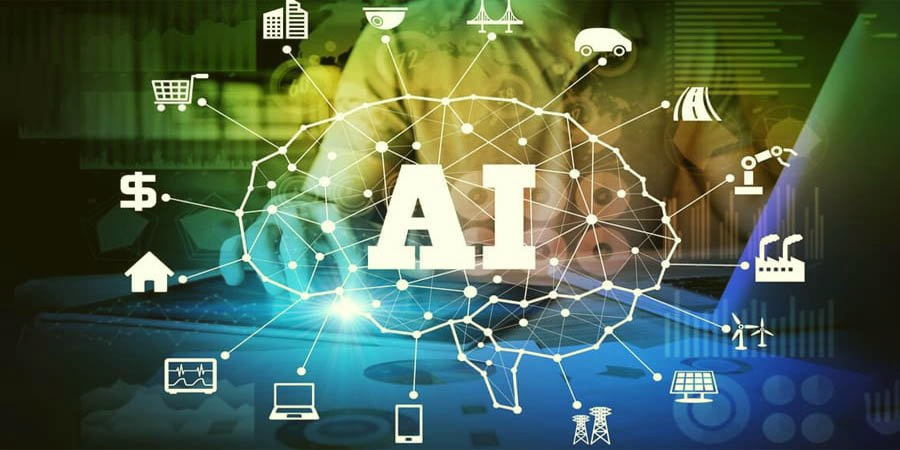
As with previous technological disruptions, AI will impact jobs that involve repetitive tasks; it also automates nonroutine activities such as janitorial services and home health aiding duties requiring workers to adapt their skillset.
Historically, technological innovations tend to displace existing jobs before giving way to new ones; however, AI adoption is moving much more quickly than previous technologies.
1. Understanding AI
AI may be making headlines these days, but its implementation still presents unique challenges to IT professionals. Integrating this technology properly is essential to ensure it delivers long-term operational value and achieves long-term strategic value for their organizations.
This requires both making data readily available and secure, and setting clear goals for AI implementation that have financial or business value. For instance, IT professionals could use an AI system to monitor network traffic or manage time-consuming tasks, thus freeing up their staff for complex problem resolution and meeting customers’ evolving needs.
Education and adaptability will assist IT professionals in successfully adapting to AI transformation. Online higher education programs and certificates are an ideal way of keeping skills current without impeding career progression, while outsourcing AI development projects to agencies that specialize in big data/machine learning development will ensure it delivers on its promises without incurring unnecessary risks such as model drift or bias.
2. Developing AI Skills
Enhancing AI capabilities should be a top priority for IT professionals seeking new roles or looking to stay in their current one. Upskilling should also play an integral part in companies’ workforce development initiatives – failing which they may face an uphill battle in retaining employees.
There are a wealth of resources available to IT professionals looking to learn about AI. Online courses, workshops, certifications and boot camps all provide cost-effective education on this topic; while some universities also provide degree programs in data science or AI.
Generative AI has become more accessible through user-friendly platforms like Google Translate and Netflix’s recommendation engines, helping employees focus more on tasks requiring innovation and creativity than repetitive, menial work that can be automated – as was seen with mid-century offices replacing entire floors of typists with word processors.
3. Adapting to AI
As AI becomes an ever-increasing part of IT professionals’ jobs, they must adapt and adjust accordingly. This could involve enrolling in academic opportunities like certifications or continuing education courses to stay abreast of technology advancements that could affect their careers; and being willing to collaborate alongside AI solutions.
Policymakers must ensure AI policies complement workers rather than replacing them, including through employee protection measures like paid educational leave policies found in certain European Union nations or labor management training partnerships that facilitate access to new roles for women and people of color.
Organizations must ensure they provide their employees with adequate training and resources that enable them to navigate these changes effectively, so they feel comfortable using AI tools and solutions, contributing to the organization’s overall success and maintaining employee happiness.
4. Retraining
As AI transforms workplaces and roles, creating new roles and skillsets are demanded from workers. Unfortunately, keeping up with such rapid change may prove challenging for some workers. Retraining programs may help mitigate effects of job displacement by offering needed remediation programs.
Retraining programs must be customized to each worker’s unique needs and prioritized according to relevance; otherwise, training efforts might be wasted by improving skills that are no longer in high demand.
Technical personnel perceive an increased risk from AI due to the repetitive nature of their jobs, while senior executives and managers feel safer due to more diverse human roles they are responsible for. AI will soon take care of most mundane work so humans can move up the value chain into more stimulating creative tasks – leading to a sustainable future for human workers.

